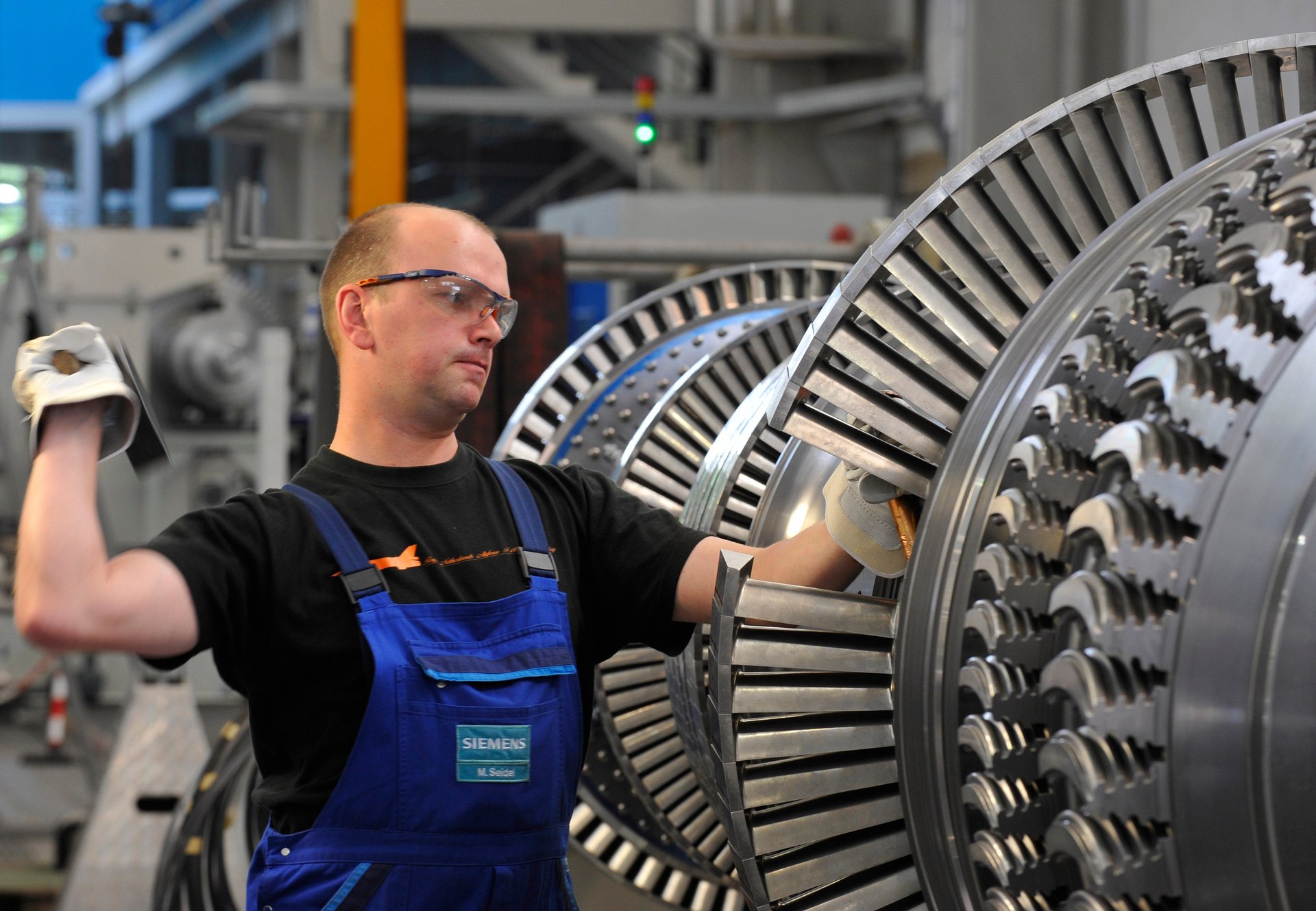Even after taking in a million migrants, Germany has nearly 700,000 open job vacancies
At this point, it’s almost as if Germany is showing off. The unemployment rate in Europe’s most robust economy dropped to 6% last month, according to the Federal Employment Agency. That’s the lowest level since the reunification of East and West 25 years ago. Germany’s mighty manufacturing machine is humming.


At this point, it’s almost as if Germany is showing off. The unemployment rate in Europe’s most robust economy dropped to 6% last month, according to the Federal Employment Agency. That’s the lowest level since the reunification of East and West 25 years ago. Germany’s mighty manufacturing machine is humming.
Andrea Nahles, the federal minister for employment, had Germany’s harsh winter on her mind when she welcomed the latest jobs figures, calling them “a real ray of light at the start of this dark season.” Economically, if not meteorologically, conditions are particularly sunny for sectors like catering, construction, retail, and healthcare.
The government expects the number of people with jobs in the country to reach a record of nearly 44 million this year (out of a population of 82 million). When measured using a standardized international methodology, Germany’s unemployment rate is just above 4%, lower than almost every other country in the G7.
The government expects the jobless to shrink even further this year and next. It’s not hard to see why: advertised job vacancies have been continuously setting new records. Last month, unfilled positions rose to nearly 700,000.
The strength of the labor market is more remarkable considering that Germany took in 890,000 asylum seekers last year, and more than 210,000 so far this year, the majority of whom require state support until they are able to find a job. This is reflected in the number of underemployed people, which ticked up by 34,000 in October versus a year ago, mostly accounted for by these recent arrivals.
The finance ministry has earmarked an extra €3.8 billion ($4.2 billion) for the rest of the year to help migrants get jobs. The strong demand for workers in factories and retail stores is good news in this regard, as some migrants are unskilled and others have qualifications that may not be accepted for certain professions. It’s not much of an exaggeration to say, however, that swiftly finding suitable work for such a huge influx of migrants might be the toughest test of Germany’s job-making machine since the Wall came down.